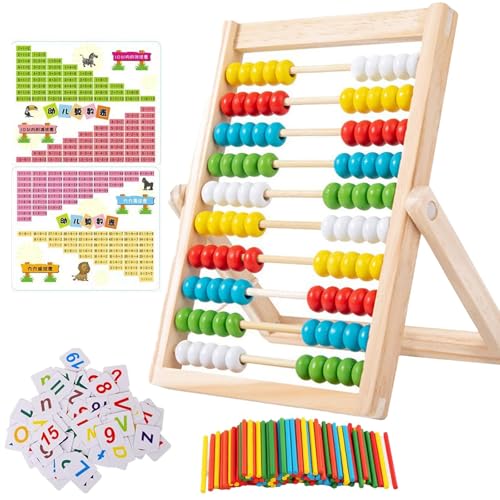Understanding Abacus Terminology and Symbols
The abacus is a mathematical tool that has been used for centuries to perform basic arithmetic operations, including addition, subtraction, multiplication, and division. The abacus consists of an array of beads or pebbles arranged on a frame, and these beads or pebbles are moved back and forth to represent numbers and perform calculations. To use this tool effectively, it is essential to understand some common abacus terminology and symbols.
Abacus Beads and Columns
The abacus has two sets of beads: the upper beads and the lower beads. The upper beads represent the value of 5, while the lower beads have a value of 1. The abacus also has a series of vertical columns, each of which represents a place value (e.g., ones, tens, hundreds, etc.). The right-most column represents the ones place, while the left-most column represents the highest place value that the abacus can represent.
Abacus Symbols
The abacus uses a variety of symbols to represent numbers and operations. For example, the symbol “|” represents the number 1, the symbol “||” represents the number 2, and so on, up to the number 9, which is represented by the symbol “|||||||||”. The abacus also uses certain symbols to represent mathematical operations. For example, the “+” symbol can be used to represent addition, the “-” symbol can be used to represent subtraction, and the “x” symbol can be used to represent multiplication.
Abacus Terminology
There are also several common terms that are used in conjunction with the abacus. For example, the “deck” refers to the frame that holds the beads or pebbles, while the “shaft” refers to the vertical column that the beads or pebbles are moved along. The “reckoning line” is a horizontal line that is used to separate positive and negative numbers on the abacus, while the “reset” button is used to clear the abacus and start a new calculation.
Abacus Techniques
Finally, there are several techniques that are used to perform calculations on the abacus. One such technique is called “complement notation”, which involves subtracting a number from a complimentary number to get the answer. Another technique is called “casting out nines”, which involves cross-checking the answer by dividing the sum or difference of the numbers by 9. By understanding these common abacus terminology and symbols, users can effectively utilize this tool to perform a wide range of mathematical operations with ease.






